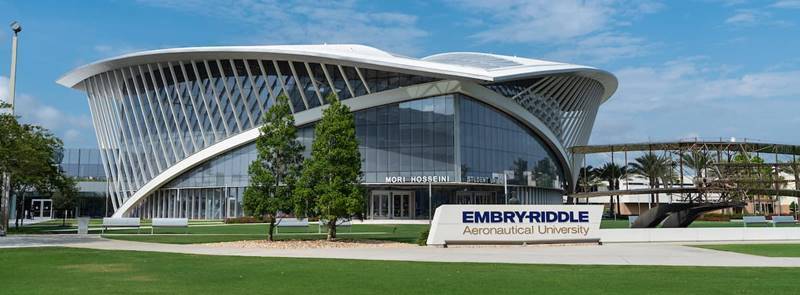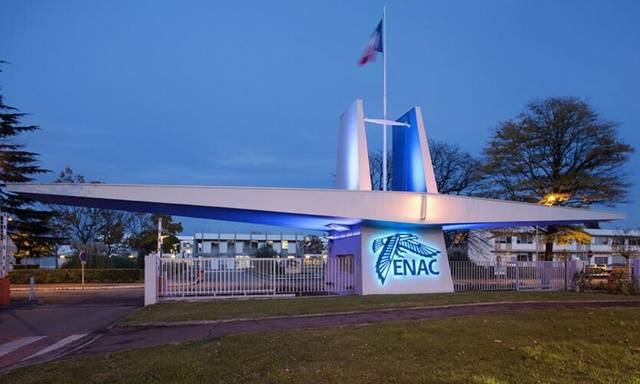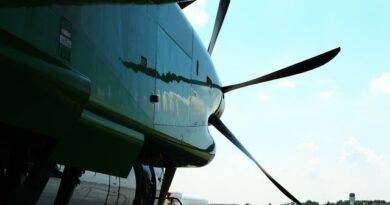Universities and Academies: Shaping the Future of Air Traffic Management
Air traffic management (ATM) plays a vital role in ensuring the safe and efficient movement of aircraft around the globe. As air traffic increases, the need for innovative solutions and qualified professionals in this field becomes ever more crucial. This is where universities and academies come into play. Universities and academies play a crucial role in shaping the future of air traffic management (ATM) by:
Educating the next generation:
Offer specialized programs and degrees in ATM, equipping students with theoretical knowledge and practical skills.
Partner with industry experts to provide real-world case studies and guest lectures, bridging the gap between academia and practice.
Implement cutting-edge simulation technology, allowing students to train in realistic scenarios and hone their decision-making abilities.
Conducting research and development:
Collaborate with industry stakeholders to identify critical research areas and develop innovative solutions.
Explore emerging technologies like artificial intelligence, machine learning, and big data to optimize air traffic flow and enhance safety.
Conduct research on human factors and cognitive psychology, leading to better training programs and improved controller performance.
Disseminating knowledge and fostering collaboration:
Organize conferences, workshops, and seminars to share research findings and best practices.
Establish partnerships with international institutions to promote knowledge exchange and global collaboration.
Create online resources and educational materials to make ATM knowledge accessible to a wider audience.

Examples of university contributions to ATM development:
Embry-Riddle Aeronautical University offers a Bachelor of Science in Air Traffic Management, equipping students with the skills needed to pursue careers in various ATM sectors.
Cranfield University established the National Air Traffic Services (NATS) Research & Development Centre, focusing on developing innovative solutions for the UK’s air traffic management system.
Canadian Centre for Unmanned Vehicle Systems (CCUVS): Conducts research on the integration of drones into the airspace, which has implications for ATM.
École Nationale de l’Aviation Civile (France): Offers a Master’s degree in Air Traffic Management.
Eskisehir Technical University (Turkey): The Faculty of Aeronautics and Astronautics offers a 4-year undergraduate program in Air Traffic Control.
Queensland University of Technology (Australia): The Centre for Accident Prevention and Safety Research (CAPSR) conducts research on human factors in ATM.
By actively participating in education, research, and knowledge sharing, universities and academies are instrumental in shaping a safer, more efficient, and sustainable future for air travel.
References and Further reading Sources:
- International Civil Aviation Organization (ICAO): https://icao.int/
- European Organisation for the Safety of Air Navigation (EUROCONTROL): https://www.eurocontrol.int/
- Association for Unmanned Vehicle Systems International (AUVSI): https://www.auvsi.org/
Conferences and Workshops:
- World ATM Congress: https://canso.org/nats-at-the-world-atm-congress-2022/
- Air Traffic Management Research and Development Seminar (ATMRDS): https://www.atmseminar.org/
- Aviation Technology, Integration, and Operations (ATIO) Conference: https://arc.aiaa.org/series/6.atio
Featured image source: https://www.francealumni.fr/fr/partenaire/12575



